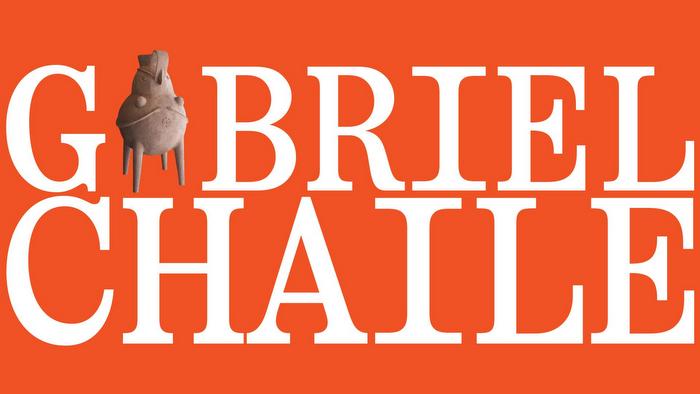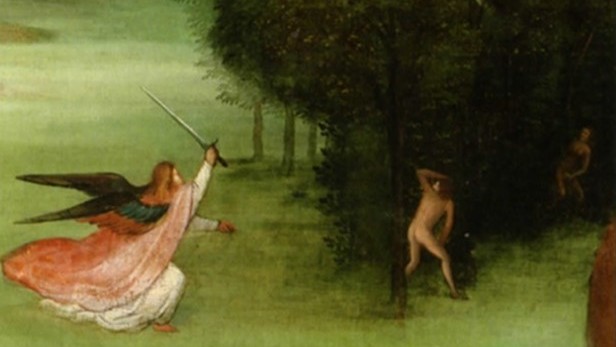The exhibition series Correspondences
The Last Judgment triptych by Hieronymus Bosch (c. 1450/55 – 1516) is the heart of the Paintings Gallery of the Academy of Fine Arts Vienna. Ranked among the world's most important art works from the period around 1500, the altarpiece, with its central panel and two wings, is Bosch's second largest work and still has many aspects puzzling scholars today. For visitors, Bosch's Last Judgment altarpiece is indisputably the gallery's main attraction.
The exhibition series explores Correspondences between Bosch's altarpiece and works by modern artists, this time Agathe Pitié, shown in regular intervals in a dialogue with the Last Judgment. These dialogues reveal surprising connections between the various media and artists, offering changing and diverse perspectives on Bosch's painting. Through this juxtaposition with works by other artists, from painting to graphic art, sculpture, video works or photographs, visitors can constantly discover new facets of Bosch's masterpiece.
Agathe Pitié: Visions of the Last Judgment
The heart of the Agathe Pitié exhibition in the Paintings Gallery of the Academy of Fine Arts Vienna is a drawing measuring 200 x 280 cm developed by the artist over several months and reinterpreting the subject of »The Last Judgment«. In this work, not only do different visual traditions meet and merge, but it also contains many references to Vienna and Hieronymus Bosch. Here, art lovers can discover Bosch monsters alongside such modern icons as VALIE EXPORT in her Action Pants, Günter Brus on his Vienna Walk, or Hermann Nitsch as a master of ceremonies on a crutch. The more classically minded may find Saint Bartholomew holding in his hands his flayed skin, the attribute of his martyrdom, or recognise the decapitated man reaching for his head as Saint Denis of Paris, said to have walked to his grave after his execution with his head tucked under his arm. Yet even without knowing the legends of the saints, there are a wealth of images to find. Fans of TV series may recognise Baby Sharkas well as the main protagonists from The Good Place or the destructive demon Luci from the Netflix series Disenchantment. When Pitié includes the tax paradise of the Cayman Islands in her drawing, she not only satirically adds a topical element to the Last Judgment iconography, but also denounces an injustice incensing many people in the early twenty-first century. Through such contemporary references, Pitié's drawings become an anthology of popular culture at the time they were created.
With no qualms about combining figures and scenes, full of visual humour, she disrupts traditional hierarchies and opens up exchanges across social and cultural borders – especially since her multifaceted works are ideally explored and interpreted by groups of people with different interests and knowledge, and from diverse cultural backgrounds.
(Klaus Speidel)
Publicaciones relacionadas

Próximamente "Margaret Whyte - Tiempo de escuchar"
Noviembre 01, 2024


















